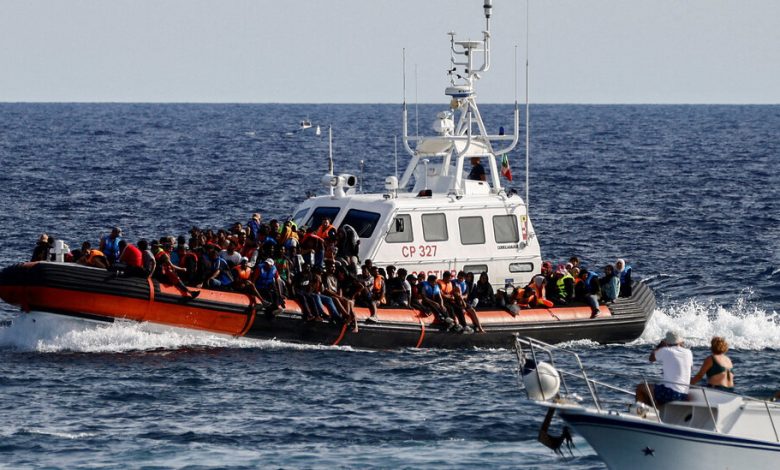After Years of Wrangling, E.U. Countries Reach Major Deal on Migration

European countries struck a key deal on Wednesday to overhaul their joint migration system in a way that makes it easier to deport failed asylum seekers and limits entry into the bloc.
The plan, named the European Union migration pact, is the result of three years of negotiations and was pitched by the bloc’s executive arm as a patchwork of compromises aimed at allaying pressures from far-right, anti-immigrant parties across the continent. It sought to give governments a greater sense of control over their borders while also bolstering the European Union’s role in migration management — treating the issue as a European, not just a national one.
“Migration is a European challenge that requires European solutions,” Ursula von der Leyen, the president of the European Commission, said in written comments welcoming the deal.
The pact will ensure that E.U. countries “share” the responsibility for protecting asylum seekers and for preventing irregular migration.
“It means that Europeans will decide who comes to the EU and who can stay, not the smugglers. It means protecting those in need,” she added.
One important provision of the pact is for rapid assessments at borders of whether a person is eligible for asylum. Another is that countries away from the major arrival points to either take in asylum seekers from say Greece or Italy, or offer financial compensation instead.
The European Union has bolstered its centralized agencies for border management, asylum and migration information management over the past few years, giving them billions in additional funding and adding staff. Those agencies will play a central role in what politicians in Europe are heralding as a new era in joint migration management.
To become law, the plan must in the coming months pass through the European Union’s complex approval process. Given that it has been approved by negotiators from all the E.U. institutions, the plan is seen as highly likely to eventually be enacted.
While the details of the pact are seen as a middle-of-the-road compromise by a majority of politicians involved, they also have come under heavy criticism from all sides over the course of the negotiations.
A number of outstanding questions remain. The deal is vague on exactly how it will make time-consuming procedures at the border — reviewing asylum claims, determining if a person should be deported — go faster.
There are also questions over whether the system will provide adequate protections for the right to claim asylum and how anyone who does not qualify for asylum will be deported: The European Union lacks return agreements with many countries. The bloc has in the past struggled to convince some countries in Asia and Africa to accept deportees — and the new policy doesn’t explain how it will address those issues.
Human-rights organizations have roundly criticized the pact, saying it tramples on a number of fundamental rights by forcing asylum seekers as young as six years old to give biometric data, and allocating more E.U. money to reinforce borders with drones and cameras instead of saving lives.
In the three years since the deal was first proposed, the issue of migration in the European Union has become more divisive. The numbers of migrants arriving in the bloc have risen, fueling the appeal of anti-migrant political parties.



